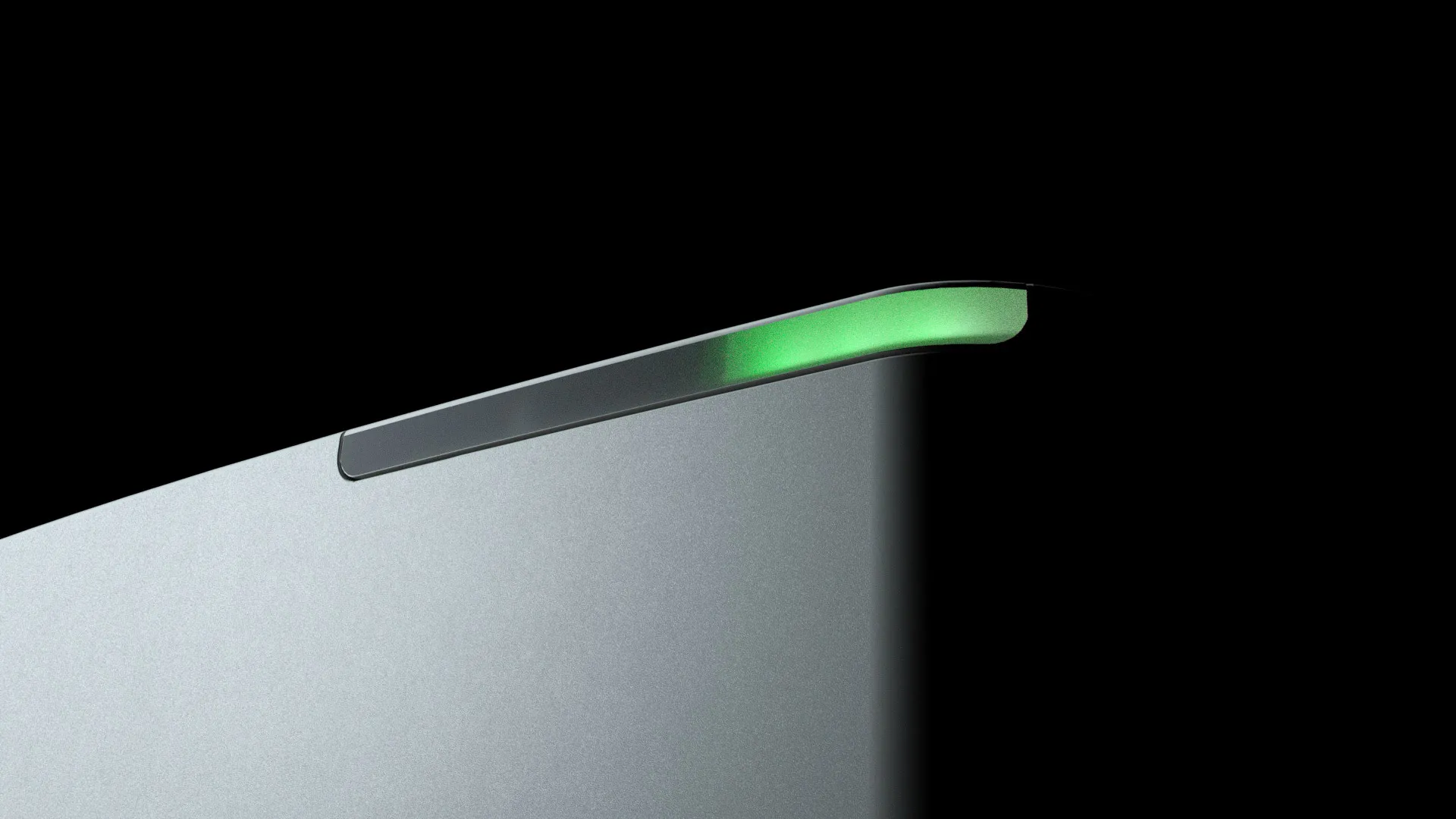

Higher Order Structure Biocompatibility by MMS of Active and Inactive Biosimilars
IN THIS WEBINAR YOU WILL LEARN:
- How to measure small differences in secondary structure of biosimilar samples (not previously possible with existing analytical techniques)
- Understand the benefits of Microfluidic Modulation Spectroscopy in a QC environment and for Biosimilar HOS studies
- Get an overview of the analytical toolkit for HOS studies, and how Microfluidic Modulation Spectroscopy fits into the workflow
Quality by Design (QbD) focuses on building good molecular design into the developmental process to prevent later stage structural problems to best establish viability of the future candidate. This reduces risk, through a better understanding of the product and enables easier formulation, development and manufacturing. QbD can also help a drug product’s safety by removing known structural weaknesses that are related immunogenic issues. A critical aspect is the structural understanding, and how a protein’s solution state alters as a consequence of environmental factors, e.g. that result in changes in secondary structure. Historically, in biophysical characterization studies investigating proteins with buffer additives at both high and low concentrations, scientists had to employ multiple techniques (e.g. SAXS, FTIR, DSC, SEC, XRD, NMR and UV-CD). This webinar presents data from Biokit (one of the top references in the IVD industry for the research, development and manufacturing of diagnostic solutions worldwide) that demonstrates the ability of Microfluidic Modulation Spectroscopy (MMS) to distinguish changes between protein preparations without the limitations of traditional technologies.
Biokit will present how MMS enables identification of viable raw material candidates for Latex-based diagnostic assay manufacturing. They will demonstrate the benefits of Microfluidic Modulation Spectroscopy in a Quality control (QC) environment, and for Biosimilar Higher Order Structure (HOS) studies. The data concludes that MMS provided automated, very high data quality that allowed the comparability of proteins in a QC work-flow.
Very small changes in protein secondary structure are extremely challenging to measure confidently/reproducibly using traditional spectroscopic technologies, particularly in complex buffers or samples containing additives. In this study, Microfluidic Modulation Spectroscopy enabled very small differences in secondary structure to be measured. As a result, Biokit identified which raw material from different suppliers/preparations would be most viable to be used for a Biokit Latex assay manufacturing.
Speakers

Susana De Jesús Acosta
Senior Scientist, Biochemistry R&D Department, Biokit
Susana De Jesús Acosta earned a B.Sc. in chemical engineering from the Universidad Autónoma de Santo Domingo, Dominican Republic and a M.Sc. in plant biotechnology from the Ohio State University, US. Having returned to the Dominican Republic to work as a researcher studying bioactive plant molecules, Susana then moved to the Netherlands and spent nearly the next decade working for Synthon on the synthesis and biophysical characterisation of antibodies and antibody-drug conjugates, before taking up her current position as Senior Researcher for the Biotechnology Department at Biokit R&D, Spain.
Susana's extensive experience with a very broad range of spectroscopic and other biophysical techniques towards the elucidation of protein structure, makes her ideally placed to highlight the utility of MMS in the protein biotherapeutic toolkit and give this webinar presentation alongside RedShift Bio to describe work on a collaborative project using MMS to identify good and bad candidates for manufacturing Latex products, undetectable using current technologies.

Patrick King
European Senior Field Applications Specialist at RedShiftBio
Patrick King completed his Ph.D. at the University of Bristol in 2011, on the design and biophysical characterization of self-assembling peptides. He spent five years as a postdoctoral researcher at the University of Manchester in the areas of peptide and oligonucleotide chemistry, the design of novel biosensors, and the design and characterization of self-assembled peptide and DNA composite nanomaterials.
Subsequently, he worked as a Biosciences Field Applications Specialist at Malvern Panalytical for 2 years, specializing in a number of biophysical techniques, before taking up his current position as European Senior Field Applications Specialist at RedShift Bioanalytics in 2019.
Please complete the form if you would like to view the webinar.

